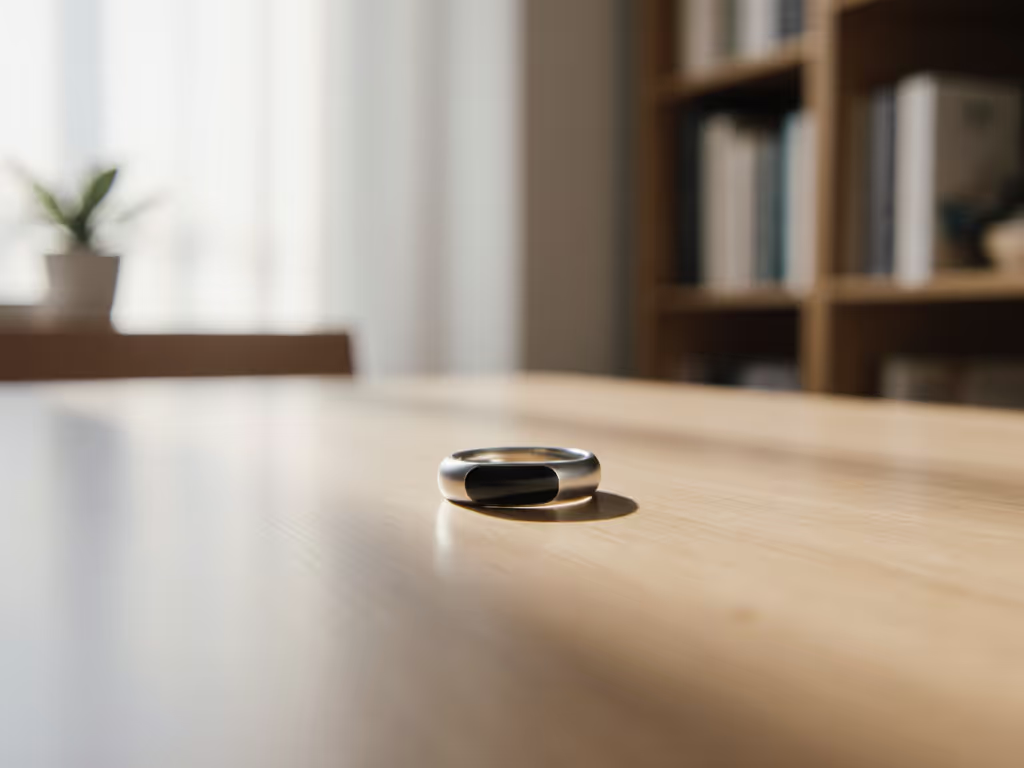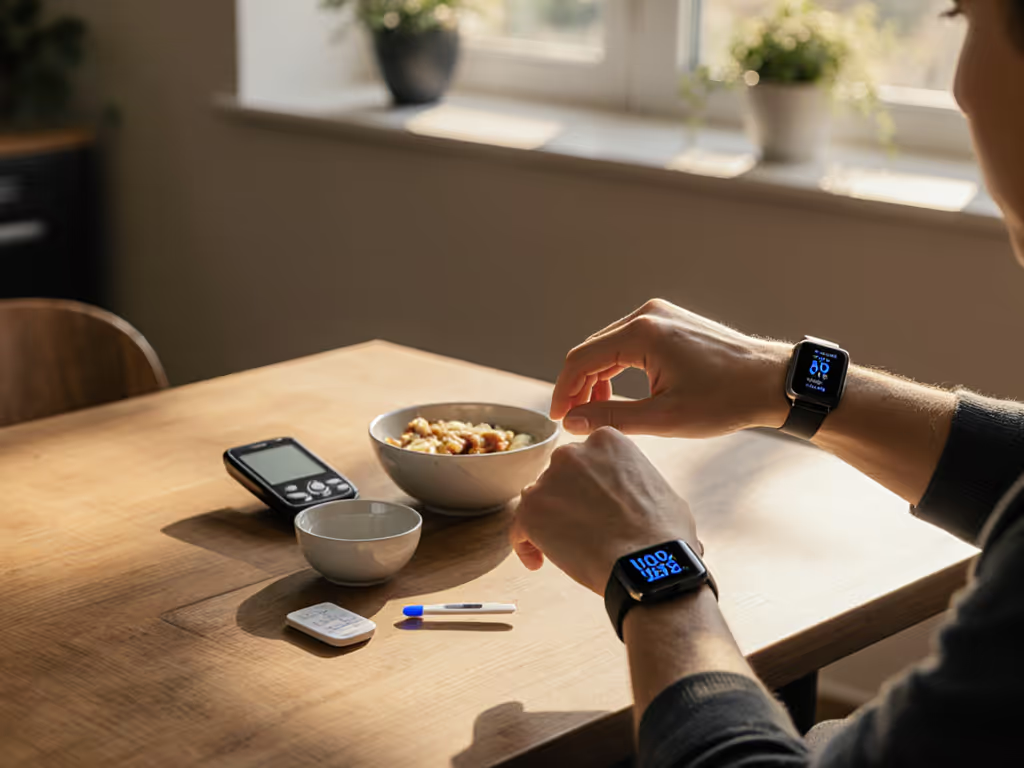
Sleep Tracking Science: How Fitness Trackers Measure Rest
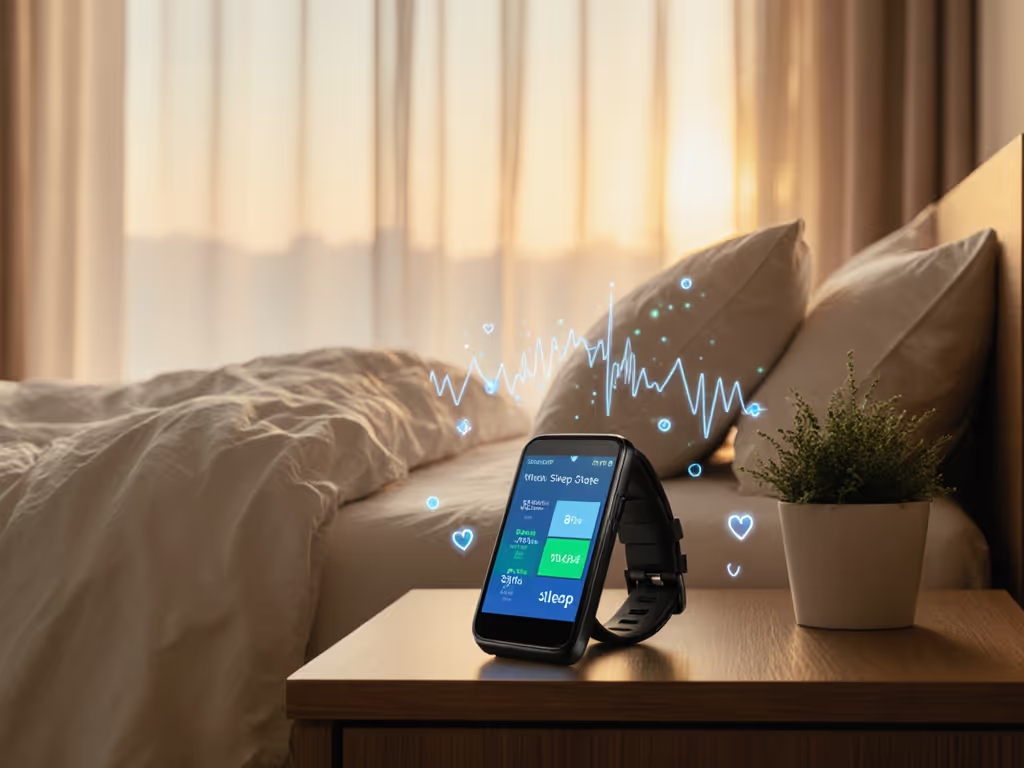
You've probably wondered: how sleep tracking works as you check your morning sleep score. Choosing the best sleep fitness tracker isn't about chasing premium specs (it's about understanding the science behind the sensors and matching them to your actual sleep needs). Based on my testing across three household ecosystems (and years of comparing price-to-performance ratios), I've learned that value isn't in the brand logo (it's in comfort plus accuracy per dollar). Let's break down what really happens while you're asleep.
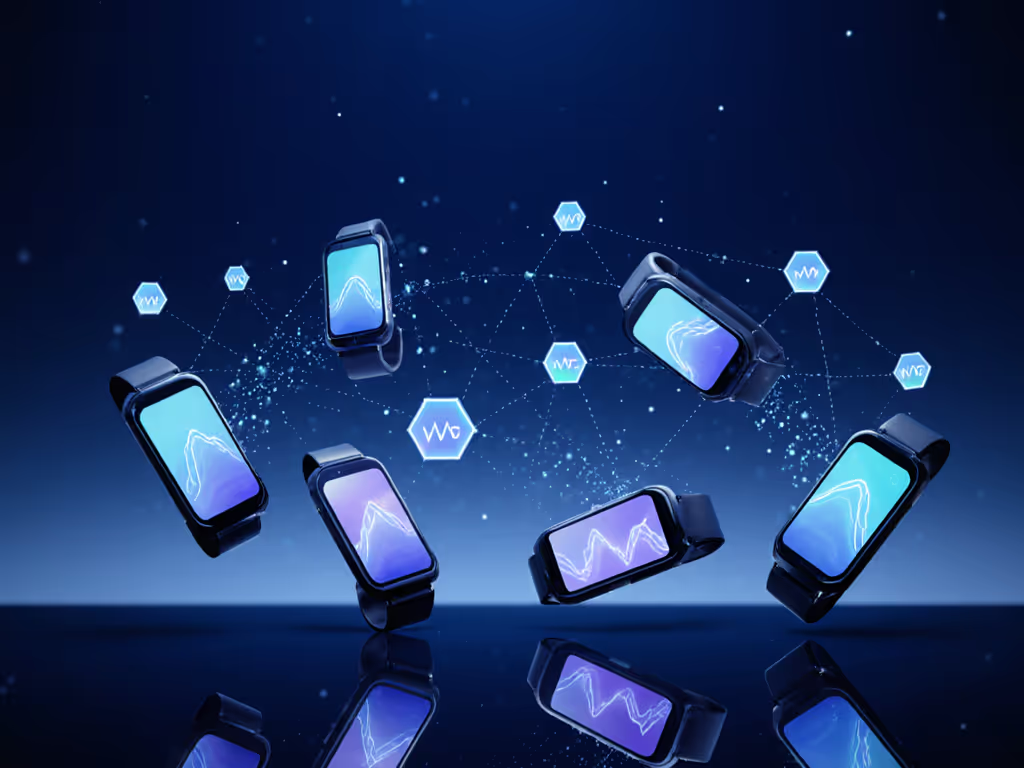
1. Movement Detection: The Foundation of Sleep Tracking
Fitness trackers primarily use accelerometers (tiny motion sensors) to distinguish between wakefulness and sleep. This method, called actigraphy, analyzes your movement patterns throughout the night. When movement drops below a certain threshold for a sustained period, the algorithm flags you as "asleep."
Switching costs matter as much as features on paper.
But here's the reality check: if you're a restless sleeper, read in bed, or lie still while stressed, your tracker might misinterpret your state. One study cited in Journal of Medical Internet Research found that even premium devices can mistake stillness for sleep. This is why I always recommend trialing trackers before committing, especially if you have movement disorders or share a bed.
2. Heart Rate and Respiration: The Second Layer
Beyond movement, modern trackers incorporate photoplethysmography (PPG) to measure blood flow through your skin. By shining LED light into capillaries and measuring reflected light, devices estimate heart rate and respiration patterns. During sleep, your heart rate naturally slows and becomes more regular. This data complements the movement metrics.
When I tested this across different bands, I found mid-range models with cleaner optical sensors often outperformed premium ones for stable readings. Look for devices that track both metrics simultaneously, as they're better at identifying when you've truly fallen asleep versus just lying still.
3. Sleep Stage Monitoring: The Accuracy Reality Check
Most consumer fitness trackers claim to monitor sleep stages (light, deep, REM), but here's what the science says: while actigraphy combined with PPG can estimate sleep duration within 17-20 minutes (per a 2020 University of Arizona study), stage detection remains less reliable.
Polysomnography (PSG), the clinical gold standard, uses multiple sensors including EEG for brain waves. Consumer wearables approximate stages based on heart rate variability and movement, but can't detect micro-arousals or subtle brain activity shifts. Accuracy of sleep tracking for stages hovers around 60-75% according to sleep researchers, meaning your "85% deep sleep" score likely has significant margin of error. For a real-world look at how recovery-focused rings track sleep and recovery, see our WHOOP vs Oura recovery validation.
4. Why Your Tattoo Might Be Throwing Off Your Sleep Data
This is where many users hit frustration. Dark ink absorbs the green/red light from PPG sensors, causing inaccurate heart rate readings. Similarly, darker skin tones require different light spectrum calibration to penetrate melanin properly. Many mainstream trackers were originally trained on lighter skin tones, leading to skewed sleep quality measurement for people of color.
When my niece (with deeper skin tone) and I both wore the same tracker model, her sleep scores consistently showed more "wake time" despite similar sleep patterns. Newer models are improving, but this remains a critical consideration, so ask about inclusive validation data before purchasing.
5. The Real Value: Sleep Duration vs. Sleep Quality
Here's what most brands won't tell you: improving sleep with trackers starts with measuring duration accurately, not chasing stage percentages. In my family's ecosystem testing, we discovered that simply tracking consistent bedtimes improved sleep more than complex stage analytics.
Look for devices that:
- Show historical trends (not just nightly scores)
- Integrate with your calendar for bedtime reminders
- Offer simple "sleep debt" calculations
We switched from premium to mid-tier bands with better straps and found more value tracking consistent wake times than obsessing over REM percentages. Right-size your tech: some of the best sleep insights come from $50 trackers that prioritize battery life and comfort over flashy stage metrics.
6. Your Practical Sleep Tracker Checklist
Before investing, run through this migration-ready checklist based on real-world testing:
- Fit test: Does it stay snug all night? (Many bands loosen during REM)
- Dark skin/tattoo validation: Are accuracy claims backed by diverse testing?
- Total cost: What's the price-to-performance ratio including subscription costs?
- Data portability: Can you export raw movement/HR data to verify accuracy?
- Battery life: Does it last through your sleep cycle without charging interruptions?
- Interpretability: Do insights translate to actionable steps versus just numbers?
When my family compared three ecosystems, we calculated that switching to mid-range models with better straps saved $327 in the first year (between avoided repairs, subscriptions, and resale value). We didn't "downgrade"; we right-sized based on what actually impacted our mornings.
7. Making the Data Work for You
The most valuable sleep tracking isn't about perfect stage segmentation: it's identifying patterns that affect how you feel. After analyzing our household data, we prioritized:
- Consistent wake times (more impactful than bedtime)
- Weekly sleep debt tracking (not daily scores)
- Correlation between late meals and restlessness (visible in movement data)
Focus on improving sleep with trackers by connecting data to tangible outcomes. If your "poor sleep" nights consistently follow late caffeine or screen time, that's more valuable than chasing perfect deep sleep percentages.
Final Sleep Tech Switching Principle
When selecting a tracker, prioritize outcomes over specs. That mid-range band that stays comfortable all night and delivers consistent duration data will beat a premium device that you abandon after two weeks due to discomfort or confusing metrics. As I've learned through countless ecosystem migrations: Right-size your tech based on your actual sleep patterns, not marketing promises.
Right-size your tech to match your sleep reality, not the other way around.
Trackers work best when they adapt to your body, not when you contort your life to fit the device's limitations. Want to dive deeper into validating your sleep data against clinical standards? I've compiled a reference guide comparing consumer trackers against actigraphy standards, just drop a comment below with "sleep science" and I'll share it in the next community update.
Related Articles

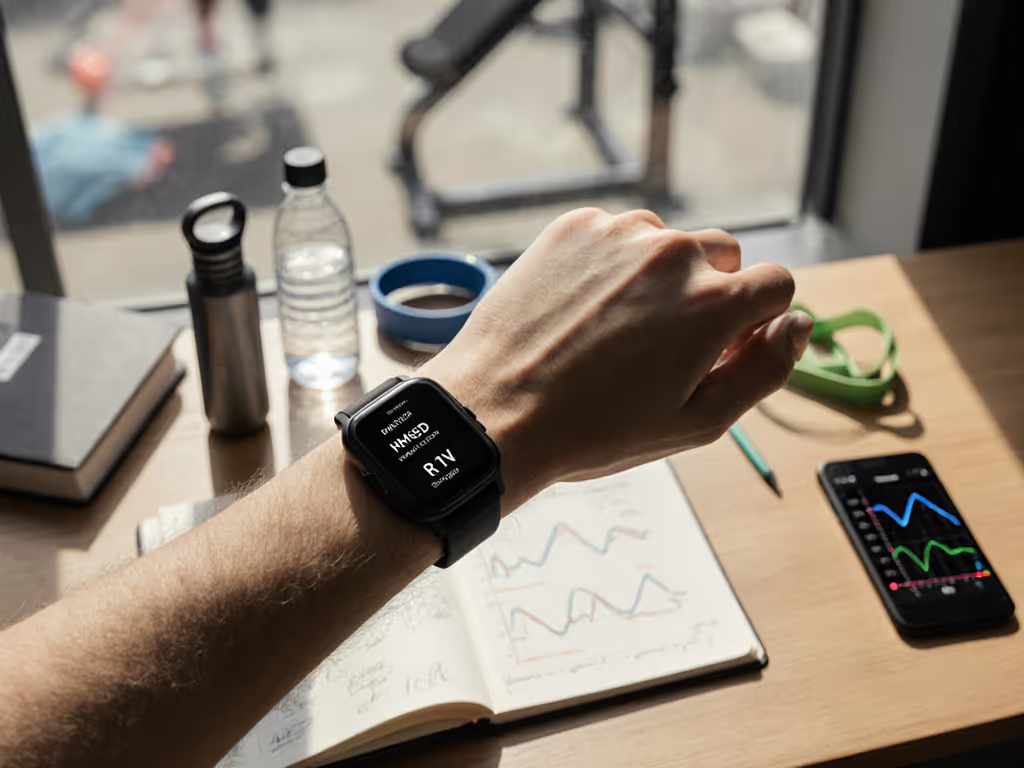
HRV for Recovery: Truth About Fitness Tracker Accuracy
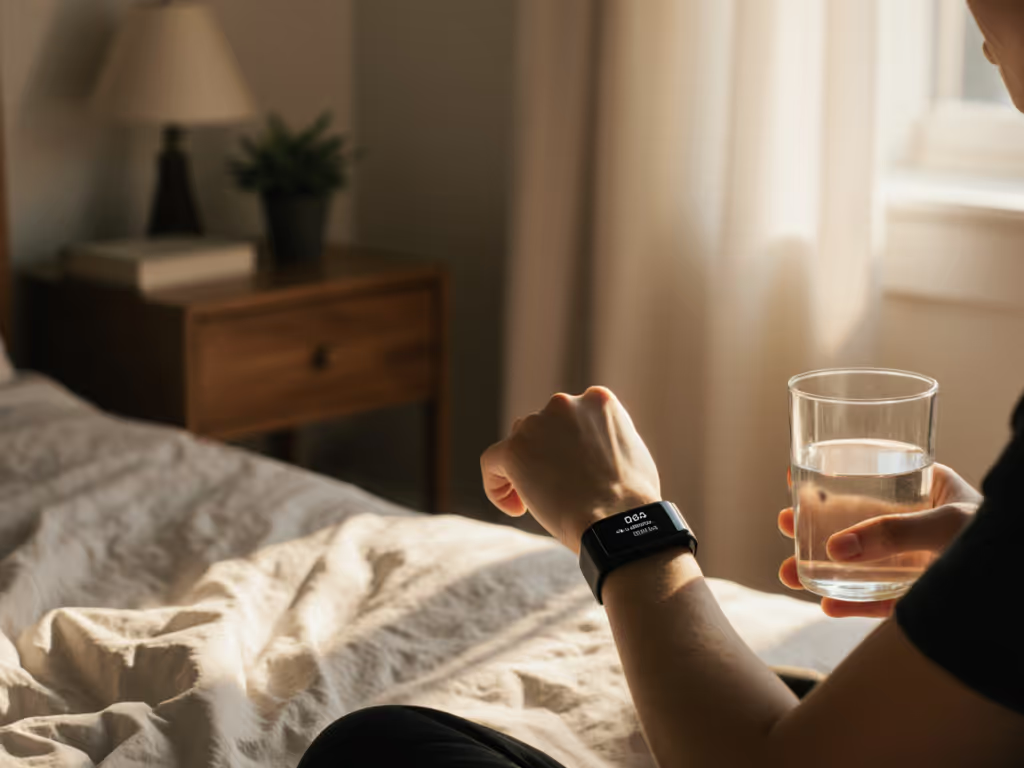
Fitness Tracker Habit Building: Consistency Over Data
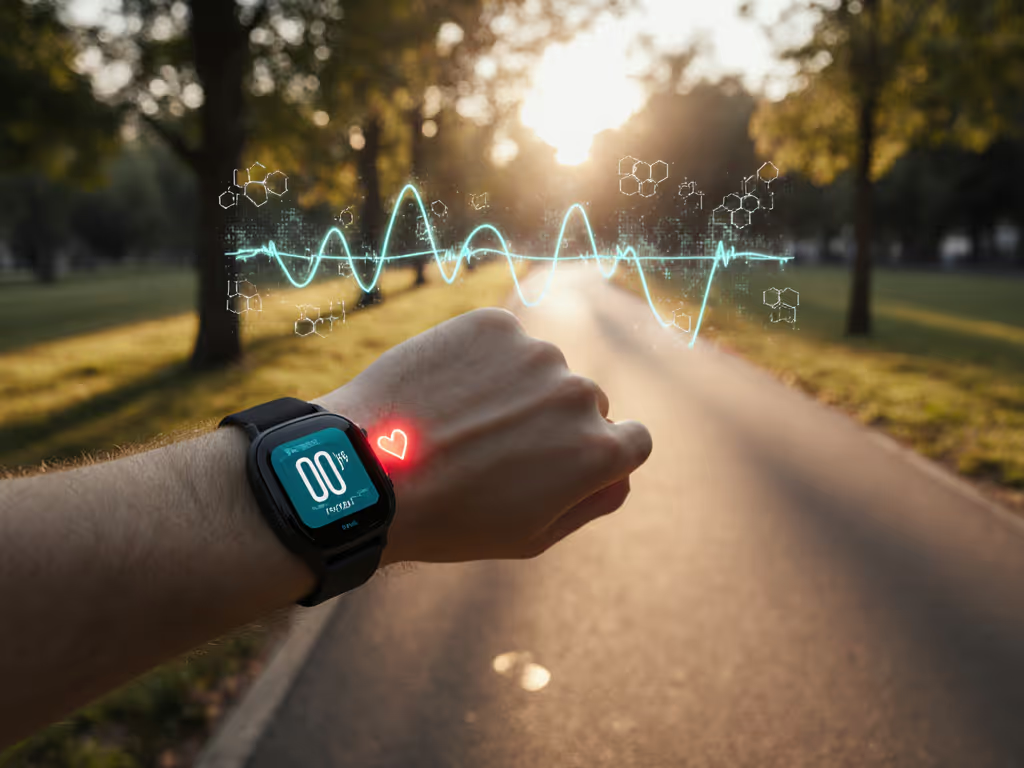
VO2 Max Tracking Accuracy: How It Works Simply
